Not many situations are disheartening as driving your newly bought SUV straight from the dealer to a mobility shop for dismantling. But that is what an estimated 1.3 billion people with disabilities worldwide must do if they will use an SUV. By only providing not-so-generous reimbursements and adaptive equipment for conversions, it feels like SUV manufacturers are interested in offering alternatives instead of truly accessible SUVs.
Although creating one will be an uphill climb, humanity needs a purposefully designed accessible SUV. And since most SUV manufacturers are only considering alternatives, interested institutions and individuals must make things happen. This post, therefore, highlights some of the crucial steps and considerations in creating the world’s first accessible SUV and what the Global SUV community is doing to make it a reality.
Great Vehicles, But Not For Everyone
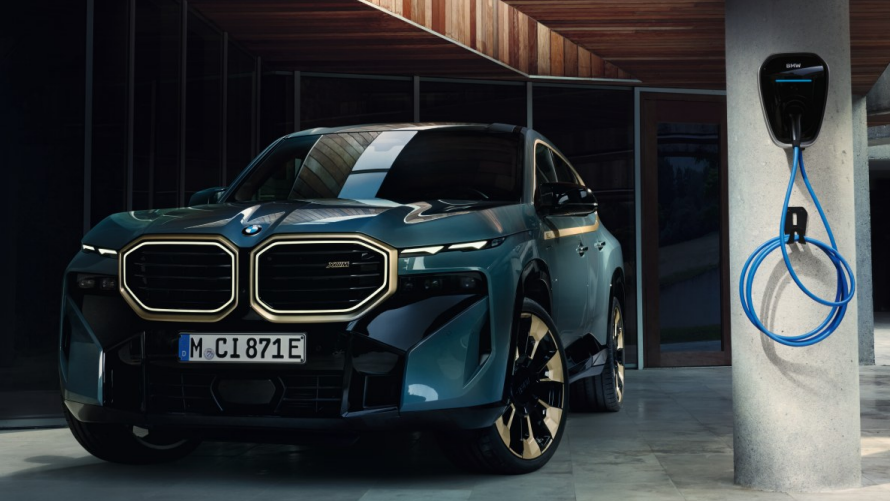
There are no genuinely accessible versions of the human’s most preferred vehicle type, a situation fast crossing the borderline between negligence and inhumanity.
The SUV has become the best-selling vehicle type, accounting for about 45% of all global vehicle sales in 2021. A considerable part of the SUV’s popularity results from the vehicle’s people-moving and terrain-conquering capabilities. For example, a family traveling the countryside with a packed vehicle on vacation naturally gravitates towards an SUV. However, when one of the family members has special needs, some questions surface.
Do we have to modify our SUV with adaptive equipment, which could cost between $20,000 and $80,000, to make it somewhat accessible? Or do we make do with what we have, possibly causing injury to the special needs individual? Do we collapse the third row and fit in a wheelchair via the trunk? How does the driver or rider with a disability embark and disembark conveniently? And more importantly, how will we ensure they are safe through the journey? The above concerns could change a family’s purchase or rental plans entirely. While the SUV provides generous space, luxurious appointments, and other fascinating features, inaccessibility shuts out people with disabilities.
What Will Work And Will Not
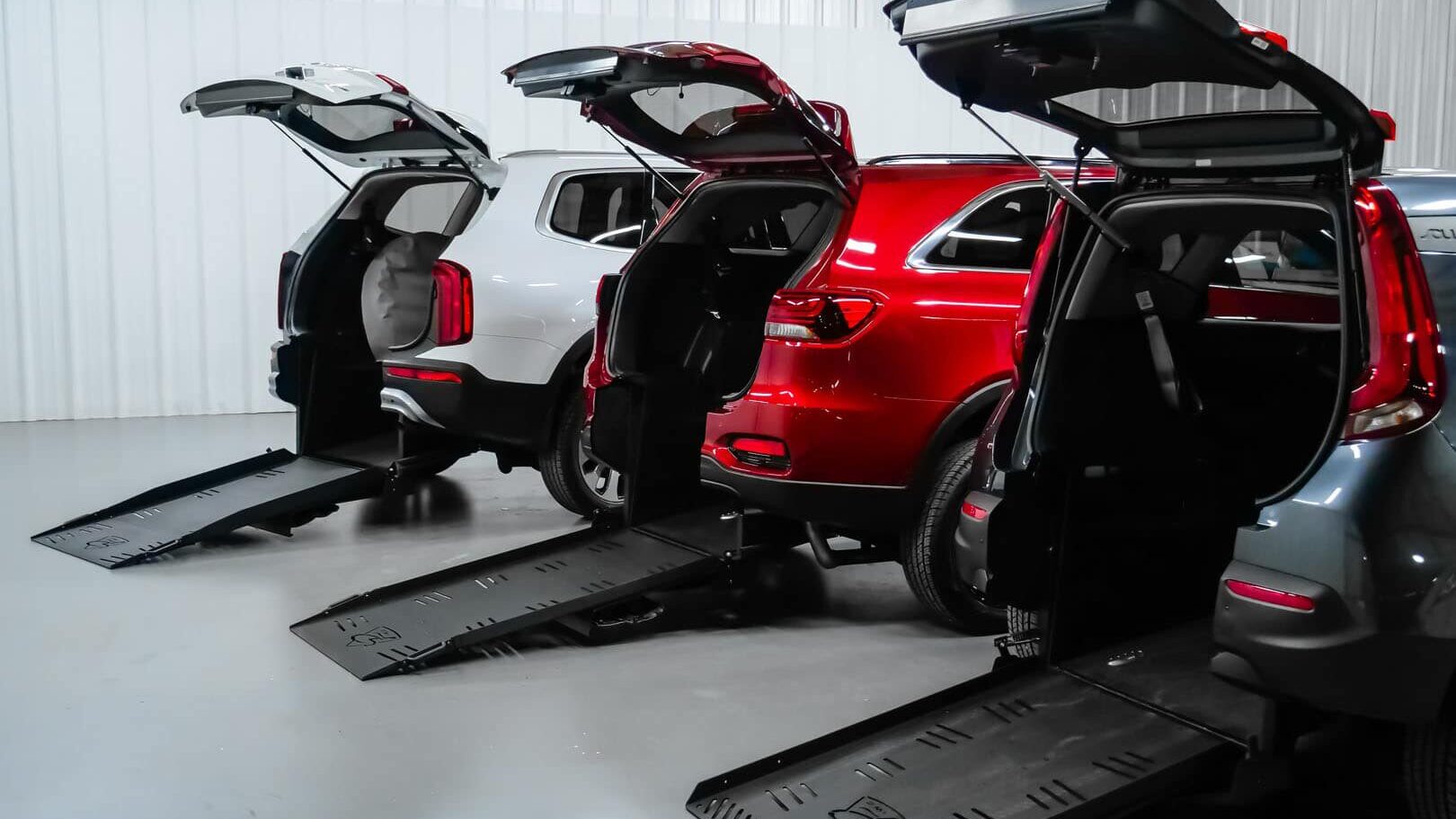
When disability groups and concerned individuals raise the question about SUV inaccessibility, they often get the answer of autonomous vehicles and conversions. While self-driving cars are a good way forward, they answer only some of the questions. For example, a self-driving car may not offer an individual with a disability who has not attained the legal driving age any assistance. Individuals with disability want to sit conveniently in the driver or passenger seat of an SUV. Also, they want to embark and disembark conveniently, one of the biggest challenges the SUV poses to persons with disabilities today.
Try lifting a person with a disability; you might hurt the individual and your back over time. Try installing a ramp; you may have to part with some vehicle functionality and some money.
However, we are not suggesting that the SUV accessibility discussion should exclude self-driving capabilities. On the contrary, it is an essential feature since it can help persons with disabilities rely on themselves for transportation concerns. But to make this feature serve its purpose, it must be considered right from the drawing board. Equipping an everyday SUV with self-driving capabilities as an afterthought and hoping it will solve significant accessibility concerns is bound to fail.
While people with a disability may require different accessibility features, a base SUV with interchangeable configurations will serve most of them. To create this, SUV automakers may have to build a new platform while prioritizing easy entry and exit, special convenience features, and other essential accessibility factors. Imagine a new SUV platform offering complete personalization with many accessibility packages available.
There are considerable challenges in front of any SUV manufacturer aiming to make the world’s first genuinely accessible SUV. Still, humanity and business advantages make it a necessary goal.
The disability market, largely untapped by the SUV sector of the automotive industry, controls over $13 trillion in disposable income. Building an accessible SUV would create a new segment in the SUV industry and position the automaker that achieves it as a market leader. But the biggest perk is that it is big humanity call as people with a disability won’t have to consider less preferred vehicle types. Also, it means an individual with a disability can move about as a typical driver or passenger with their transportation requirements.
Interventions From SUV Manufacturers
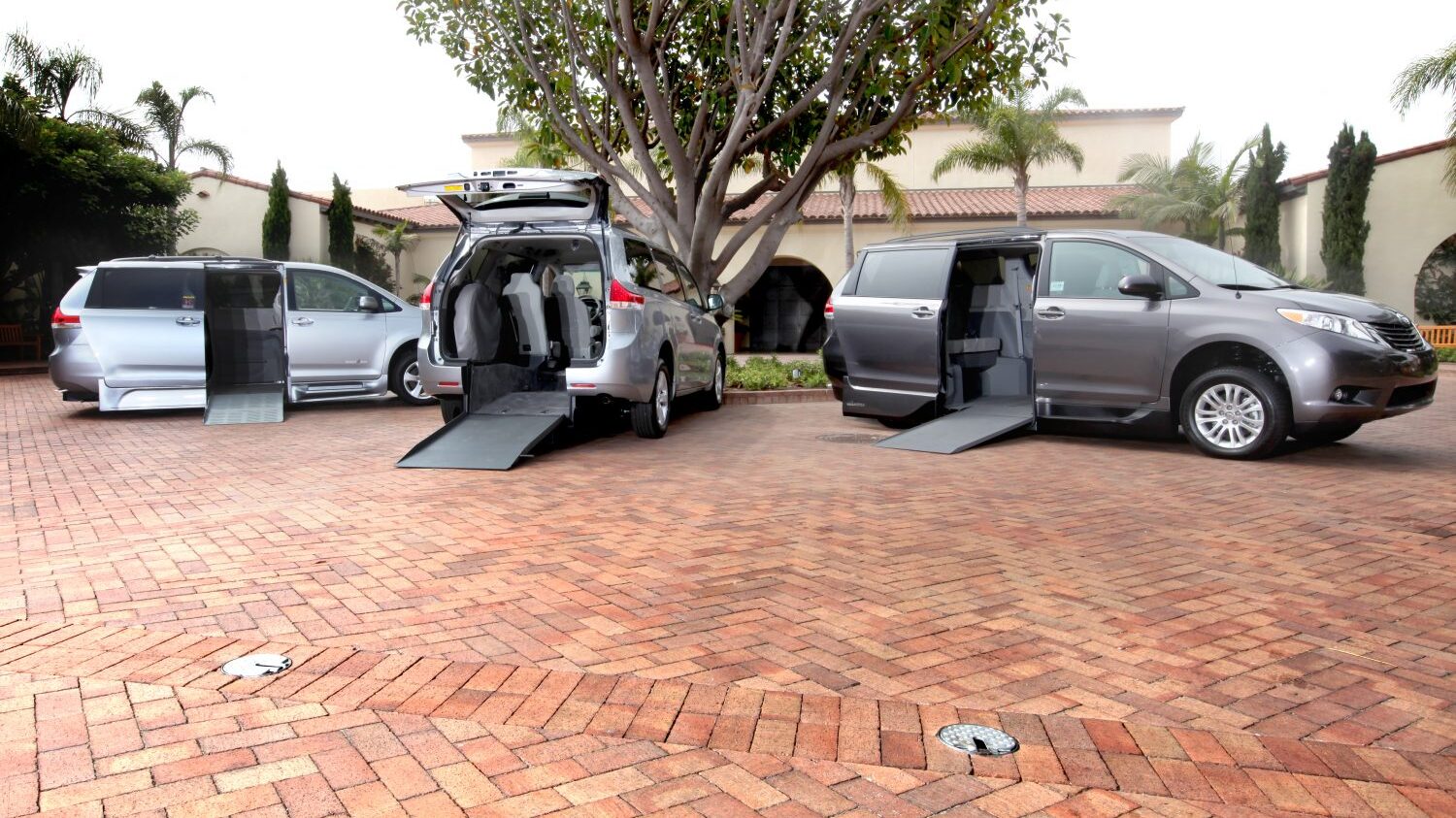
Many SUV automakers know the situation and are exploring different options to improve mobility. But most of them only consider adapting traditional SUVs into accessible ones, which cannot be a long-term solution.
Ford, for example, offers a mobility program that allows people with physical disabilities to install adaptive equipment. For someone who wants to do this to an SUV, that would mean paying the initial cost of a Ford SUV before making additional payments for accessibility features. Ford’s way of easing the financial load is offering up to $1,000 reimbursements for adaptive installations. However, considering the cost of fitting accessibility features, that amount may not be enough incentive.
Like Ford’s intervention, Toyota partners with BraunAbiltiy and Vantage Mobility International (VMI) to convert the iconic Sienna into an accessible vehicle. To achieve this, Toyota provides its partners early access to the vehicle design, helping them prepare for conversion and modifications. Toyota Motor North America also offers inconsequential $1,000 reimbursements.
Other reputable automakers, like Honda and General Motors, offer the same intervention. Unfortunately, the situation leaves people needing accessible vehicles with no other options than installing available adaptive equipment for a considerable amount of money and getting reimbursed about $1000. The approach is a tentative intervention at best because, no matter how mobility shops try, a vehicle with accessibility as an afterthought can never serve the purpose of accessibility appropriately.
Usually, most conversions only manage to create hand controls and make an SUV wheelchair accessible, but there are many other special needs. Also, conversion comes with its own set of warranty issues and breakage malfunctions.
If automakers will prioritize accessibility, they have to stop looking exclusively at self-driving capabilities and conversion as the only way forward. And they have to understand that the only way to create an accessible SUV is by building it from scratch, not adapting an existing one.
The Road to Building an Accessible SUV
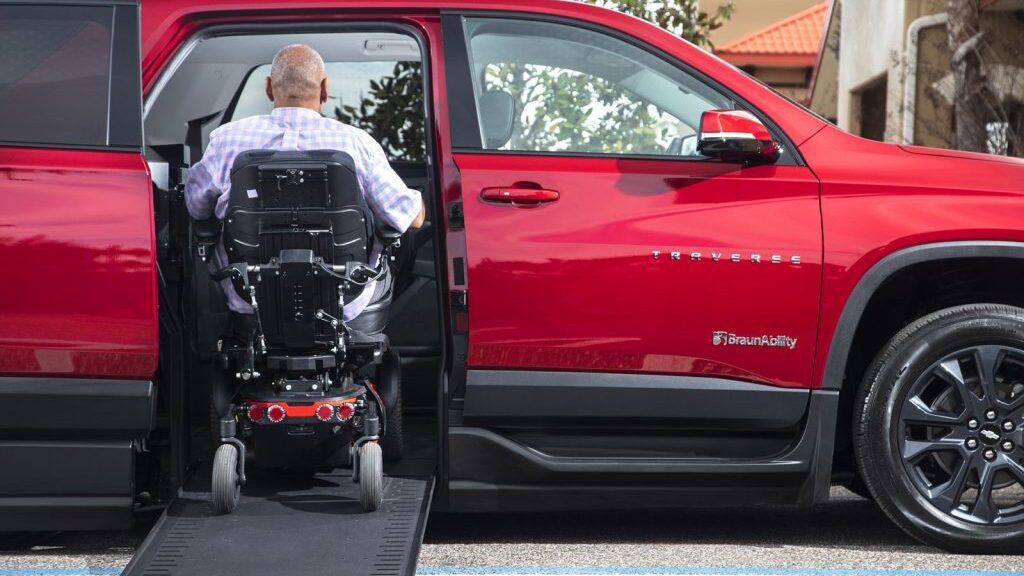
The way forward is creating a new platform that prioritizes accessibility from the drawing board. Building such a platform will require SUV automakers to consult various disability groups across the globe. Experts must conduct clinics to understand the unique mobility needs of multiple people with different disabilities and aim to develop a platform that can accommodate most requirements. The design process must factor in the special needs, and the vehicle must be highly customizable.
We know many challenges face in building an accessible SUV, and actualization may not happen in the next few years. But we are bothered that automakers, rather than start now, only consider alternatives in the form of conversions. Therefore, the Global SUV community is determined to give SUV automakers a nudge in the right direction by performing the first tasks.
The Global SUV Community Cannot Wait An Extra Minute
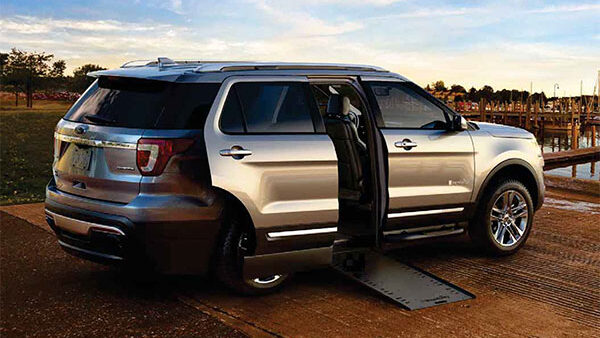
The Global SUV community hates seeing the solution lying around unexplored. Therefore we are planning a series of actions to call SUV manufacturers to the track and have them start the race toward creating the world’s first SUV. It’s a strong call for the automotive industry to embrace humanity and spread accessibility to the underserved group.
Among other actions, which we will reveal at a later date, Global SUV will:
- Embark on an 80-day awareness adventure around the world in an SUV
- Visit various disability groups across continents to understand the precise mobility needs of individuals with a disability.
- Visit various SUV manufacturing plants around the world to understand the immediate challenges to the creation of the world’s first accessible SUV
- Interact with automotive designers and other relevant offices to come up with a prototype for the world’s first accessible SUV
- Organize a conference to hand the prototype to SUV manufacturers willing to accept the great humanity call.
We beckon individuals and institutions who are driven by a similar goal and wish to support this move to reach out to us for discussions.
